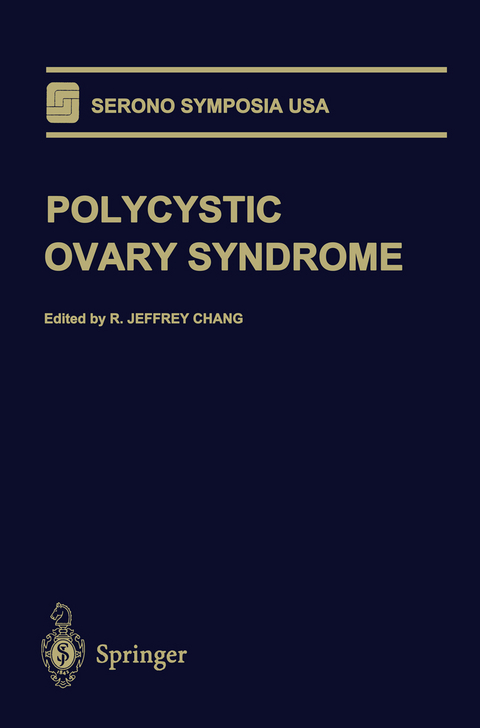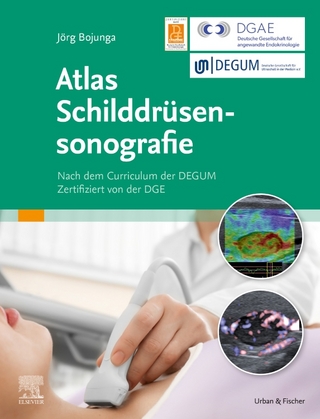
Polycystic Ovary Syndrome
Springer-Verlag New York Inc.
978-1-4613-8485-4 (ISBN)
1. Regulation of Ovulation Rate.- 2. Dynamics of Follicle Development in the Human Ovary.- 3. The Molecular Basis of Ovarian Cell Death.- 4. Polycystic Ovary Syndrome (PCOS): The Possible Roles of Apoptosis in Human Granulosa Cells.- 5. Potential Role of the Renin-Angiotensin System in Polycystic Ovaries.- 6. Dysregulation of Androgen Secretion and Steroid Metabolism in Polycystic Ovary Syndrome.- 7. Adrenocortical Dysfunction in the Polycystic Ovary Syndrome.- 8. Insulin Resistance in the Polycystic Ovary Syndrome.- 9. Beta-Cell Function in Polycystic Ovary Syndrome.- 10. Luteinizing Hormone and Growth Factor Control of the Thecal Cell.- 11. Comparative Androgen Production from Theca Cells of Normal Women and Women with Polycystic Ovaries.- 12. Development of a Human Thecal Tumor Cell Model: Regulation of Steroidogenesis and Enzyme Expression.- 13. Development of Human Granulosa Cell Lines.- 14. Suppression of Aromatase Activity in Polycystic Ovary Syndrome.- 15. The Insulin-Like Growth Factor (IGF) System in Human Ovary and Its Relevance to Polycystic Ovarian Syndrome.- 16. Hyperinsulinemic Androgenism: A Pathophysiologic Paradox.- 17. Hypothalamic-Pituitary Dynamics in Polycystic Ovary Syndrome.- 18. Aspects of Ovulation Induction in Polycystic Ovary Syndrome.- 19. Polycystic Ovary Syndrome, Fertilization, and Early Embryonic Development.- 20. In Vitro Fertilization in Polycystic Ovary Syndrome.- 21. Surgical Approaches to Ovulation Induction: The Laparoscopic Experience.- 22. Androgens, Lipids, Insulin Resistance, and Cardiovascular Risk.- 23. A Unifying Concept for Polycystic Ovary Syndrome.- Author Index.
| Reihe/Serie | Serono Symposia USA |
|---|---|
| Zusatzinfo | XVII, 370 p. |
| Verlagsort | New York, NY |
| Sprache | englisch |
| Maße | 155 x 235 mm |
| Themenwelt | Medizin / Pharmazie ► Gesundheitsfachberufe ► Hebamme / Entbindungspfleger |
| Medizin / Pharmazie ► Medizinische Fachgebiete ► Gynäkologie / Geburtshilfe | |
| Medizinische Fachgebiete ► Innere Medizin ► Endokrinologie | |
| Studium ► 1. Studienabschnitt (Vorklinik) ► Biochemie / Molekularbiologie | |
| ISBN-10 | 1-4613-8485-0 / 1461384850 |
| ISBN-13 | 978-1-4613-8485-4 / 9781461384854 |
| Zustand | Neuware |
| Haben Sie eine Frage zum Produkt? |
aus dem Bereich


